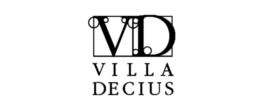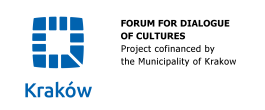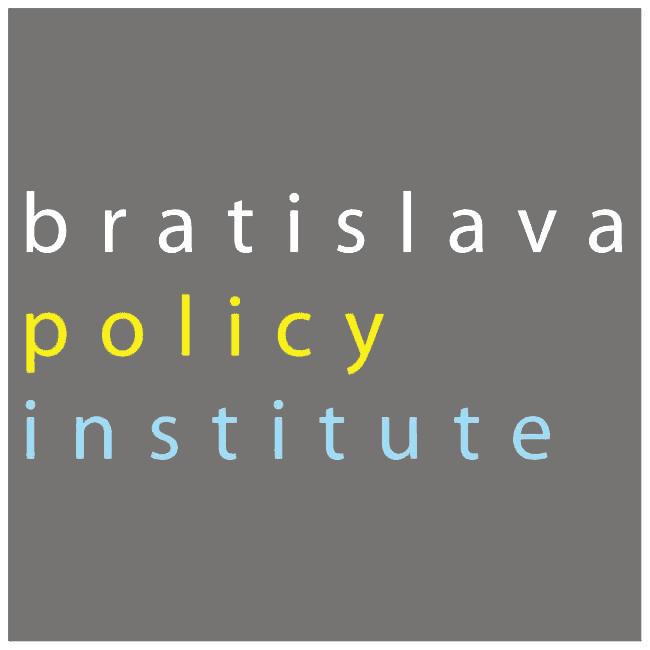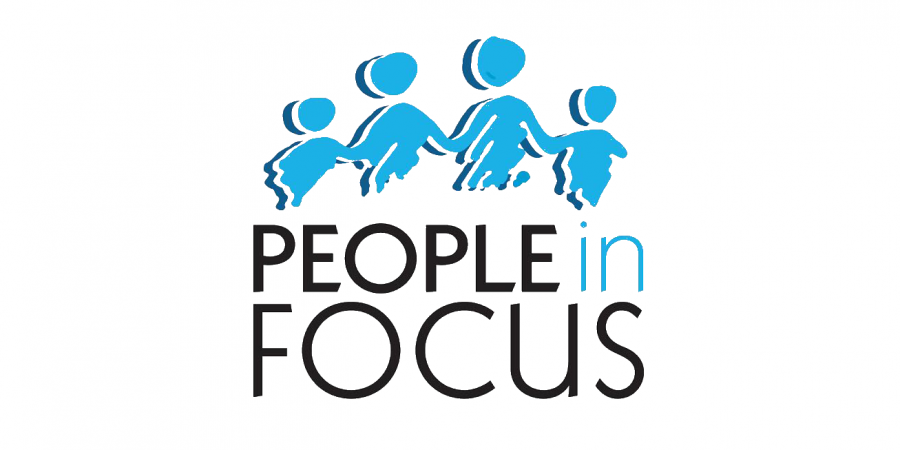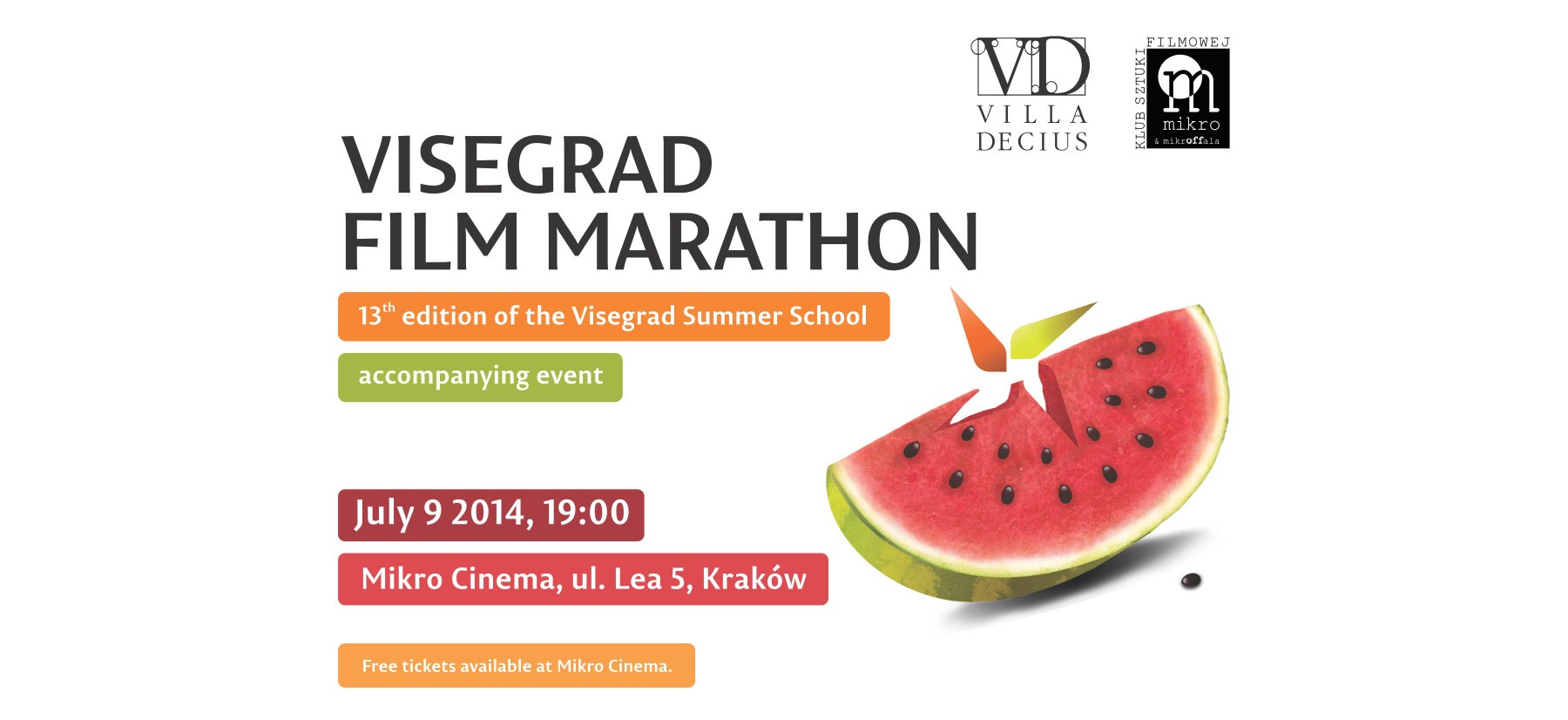
The Visegrad Film Marathon accompanying the 13th Visegrad Summer School will take place on Wednesday, 9 July, 7 pm in the Mikro Cinema (at 5 Juliusza Lea Street). The event will include films and animated pieces from each country of the Visegrad Group. Free admission – free tickets will be available at the box office from 1 July. Subtitles in English. Please join us!
Slovakia
Miroslav Remo, Arsy – Versy, 2009, 23 minutes, documentary
The main character in the film is Ľuboš, considered a freak by the inhabitants of his village. However, he manages to keep distance to himself and to his uniqueness; he devotes his time to studying bats inhabiting deep caves. Nature is his passion; he loves photographing and filming it. His personal life has not been successful; he is a bachelor and lives with his mother, who came to accept his uniqueness. Love understands everything. From Ľuboš’ perspective, the rest of the world looks “abnormal”, because there is not enough space for being creative there. The composition of the documentary is well-considered and consistent in using bits of amateur film, photographs and research recordings in audio and video form. Reconstruction of events which were impossible to catch on camera was done gracefully.
Martin Snopek, Ivana Laucikova, Posledný Autobus / Ostatni autobus / The Last Bus, 2011, 15 minutes, animation/ feature film
The characters from the film – initially, their real identity is a mystery for the viewers – get on a bus which is supposed to take them to a safe place. In the middle of the night, the bus is halted by hunters. The inspiration for this cinematographic experiment, combining animation with a feature film, was the co-author’s (Martin Snopek’s) experience: one evening, going back home on the last bus, he travelled one bus stop too far and had to walk back through the forest. The atmosphere of the film reflects his feelings then, but also refers to the current feelings of all people who were forced to exile, to life in constant fear, who are persecuted and dependant on somebody’s good will. The film of young authors received multiple prizes at festivals around the world.
Hungary
Livia Gyarmathy, A mi gólyánk / Nasz bocian / Our Stork, 2010, 29 minutes, documentary
Every child knows that storks fly away to warm countries in winter. However, sometimes one or two do not manage to leave. This is what happened in a Hungarian village. The stork was left alone; but it came across people who helped it survive winter. They were staring at the stork and the stork was staring back at them. After a while, the young stork started copying some of the behaviour of its carers. When spring came and other storks returned, “our stork” remembered its identity; its instincts came back along with the desire to have offspring. This poetic and warm film, based on keen observation, won the International Film Festival in San Francisco and also received the European Film Award.
Réka Busci, Symphony no. 42′ / Symfonia nr 42, 2013, 10 minutes, animation
The trailer of this film was a diploma project of Réka Busci (b. in 1988). The author currently studies in Budapest (MOME – Moholy Nagy Művészeti Egyetem / Moholy-Nagy University of Art and Design); she also participated in Animation Sans Frontieres (ASF) in Viborg in Denmark in 2013. “Symphony No. 42” constitutes proof that animation is the most creative film genre. The invention does not only refer to visual and editing ideas, but also to philosophical content which it explores. Forty-seven images/ situations create a subjective statement about the modern world forgetting about values. In the subsequent scenes people and anthropomorphic animals are placed in surreal situations.
Czech Republic
Aneta Kýrová Žabková, Chybička se vloudí / Ups, pomyłka! / Whoops, Mistake! 2008, 7 minutes, animation
A story set in the times when children were brought by storks. As a result of a mistake made by two busy and distracted birds, a little bear cub is left with a human family and a human child is given to two adult bears. Due to the fact that communication was possible via post and telephones, the confrontation of both families took place. However, it turned out that a simple exchange of offspring did not bring the expected family happiness. The film, which the author (b. in 1986) perversely dedicated to her own parents (along with her other student films), is enjoying great popularity among viewers.
Libor Pixa, Grafftiger, 2010, 10 minutes, animation
The author (born in 1979) is a graduate of information technology, a Department of Fine Arts and Department of Animation at the Prague Film School. His short film, “Grafftiger”, received the Czech Lion, the most important Czech film prize. The animation tells a story about tigers created by a graffiti painter; they wander around architectural objects in Prague freely and gracefully. The author of the film managed to create a unique atmosphere of an urban jungle, where the painted animals would finally like to find shelter in order to focus on their feelings.
Poland
Bartosz Konopka, Ballada o kozie / Goat Walker, 2004, 50 minutes, documentary
Films showing the lives of people who were pushed to the margin by the consequences of political transformation of 1989 are usually somber and replete with drama. In contrast to other films devoted to this issue, the documentary of Bartosz Konopka is distinguished by its positive overtones. The optimism is not schematic; it is justified by the keen observation of the environment of a former state owned farm (PGR). Families that receive social assistance were given goats. The animals require attention and care, but they offer milk and, especially for children, diversion in their monotonous existence. From the point of view of kind and friendly goats, we are looking at exotic scenes from the life of jailbirds, take a peek at an attempt of “starting own business” and initiation of local artistic activity.
Marcin Strauchold, Enrichment, 2014, 11 minutes, documentary
People come to the ZOO to look at animals for fun. But animals are also looking at people because, living behind bars, they need some distraction. Therefore, their caretakers in zoological gardens do everything to provide them with some entertainment. The documentary, relying on observations and commentaries of caretakers from a ZOO, is an attempt at showing relations between people and their wards from the hypothetical point of view of an animal. It also provokes reflection: as people, can we give something to animals? What can we learn from them? The film, whose title is explained at the end, is a short exercise prepared for the director’s school.
Joanna Jasińska, Mileńka, 2001, 5 minutes, animation
From the very first frames, the animation – both thanks to the image and the music performed by a band called The Ukrainians – introduces a very cheerful atmosphere. Mileńka is a rural girl who is growing a plant. The plant, taken care of with great feeling, changes into a bridegroom, who takes the girl on a journey to heavens. Their flight is observed by animals which also wish they could fly. The beloved couple is also observed by a painter. At a certain moment, the charming image of the flight above the village turns out to be a dream. But is it really the truth? The film received Grand Prix in the student film category (Polish Animated Film Festival) in Kraków.

